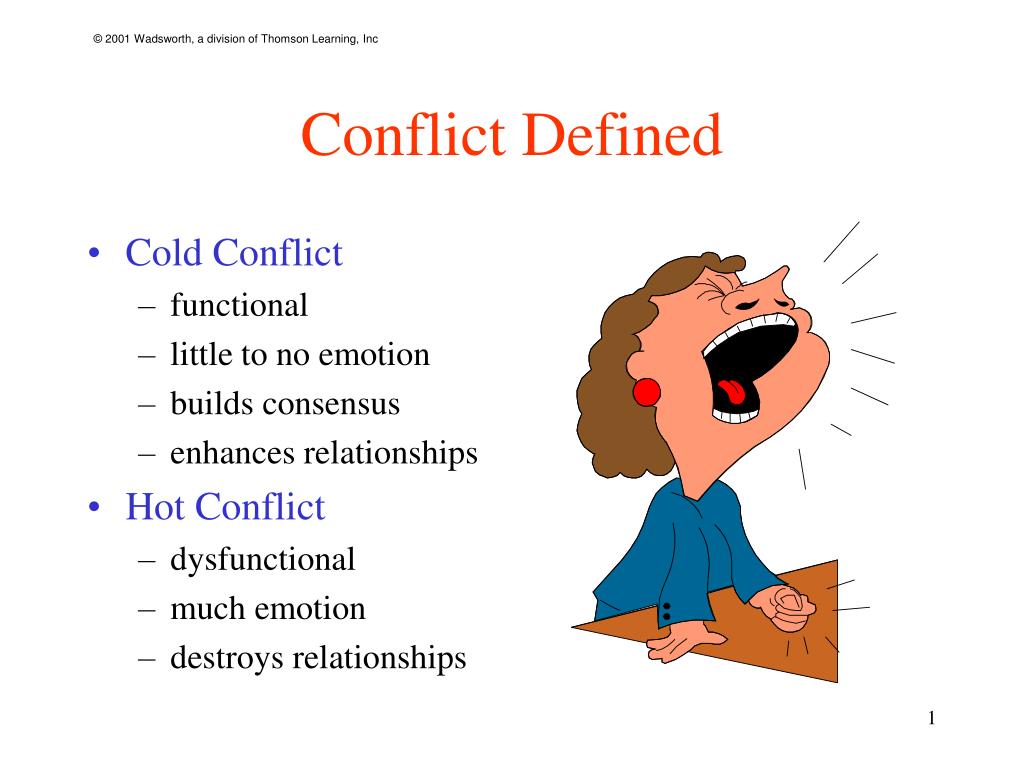

When humans experience tension, they focus on its source, drawing them into the story. I now know what defines a story is tension: a feeling of worry or suspense. When that structure is gone altogether, events don’t feel like a story they feel utterly pointless. But people subconsciously gravitate toward a specific structure for the events they retell, one that makes the retelling more entertaining and meaningful. When you don’t know anything about stories, it’s easy to think that any retelling of real or fictional events qualifies as one.

In my early blogging years, I spent lots of time contemplating the difference between describing random events and telling a story. While I don’t want to leave outdated information sitting around, you can read the 2014 version via PDF. Given that, an update to this primer has been long overdue. I now consider tension to be the primary driver of a story and conflict an essential method of bringing tension to the forefront. Given this, it’s unsurprising that I considered conflict the primary driver of stories and tension a subtle manifestation of it.Īs my understanding grew, conflict and tension traded places. Whereas conflict is easy to spot and a central topic of most writing advice, tension is subtle and rarely defined even when it is mentioned. In 2014, I wrote a primer on the basics of conflict, with a few notes on tension thrown in.


 0 kommentar(er)
0 kommentar(er)
